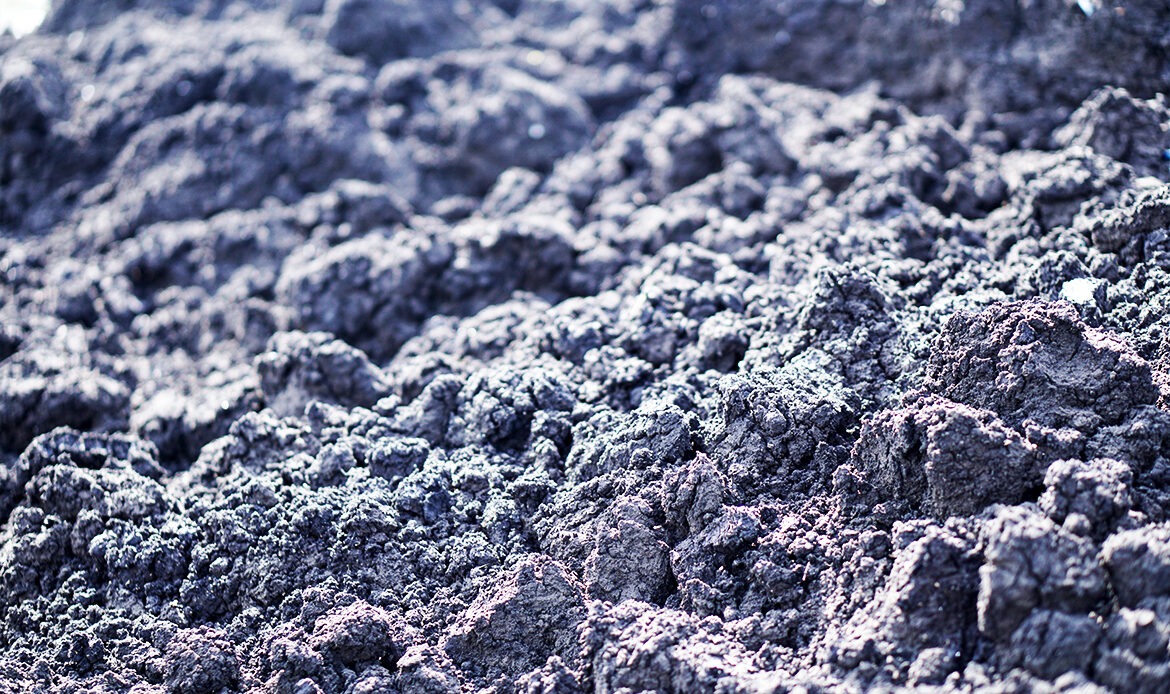
Sludge dewatering is crucial for reducing the operational costs of wastewater and effluent treatment systems. Sludge treatment is a critical part of waste management, and properly dewatering the sludge significantly reduces disposal costs. The question of what sludge dewatering is can be answered as the process of removing excess water from sludge. This process saves on transportation and disposal costs by reducing the volume and weight of the sludge. As Ekosistem Engineeringwe offer various sludge dewatering methods and systems tailored to the type of sludge (granular, crystalline, sticky, thixotropic, gelatinous, sticky, or fibrous) and its characteristics. Dewatering sludge increases the dryness level, reducing disposal costs and making the waste management process more efficient. Sludge dewatering methods not only ensure environmental sustainability but also reduce waste management costs for businesses. These methods minimize transportation and disposal costs by reducing the volume and weight of sludge. The selection of equipment and systems used in this process depends on the characteristics of the wastewater and sludge. For example, active sludge dewatering units are specifically designed for effectively dewatering sludge obtained from biological treatment processes. Ekosistem Engineering analyzes waste sludge to determine and design the most suitable dewatering methods based on the type and characteristics of the sludge. This contributes to both environmental and economic sustainability for businesses. Sludge dewatering systems enable efficient and cost-effective management of waste sludge from industrial facilities. When applied with the right technologies and equipment, sludge dewatering plants reduce environmental burdens while increasing operational efficiency for businesses. At Ekosistem Engineering, our expert team is always here to provide the best solutions. Contact us now and let our specialized team assist you!
Sludge Dewatering Equipment and Methods
Importance and Advantages of Sludge Dewatering

